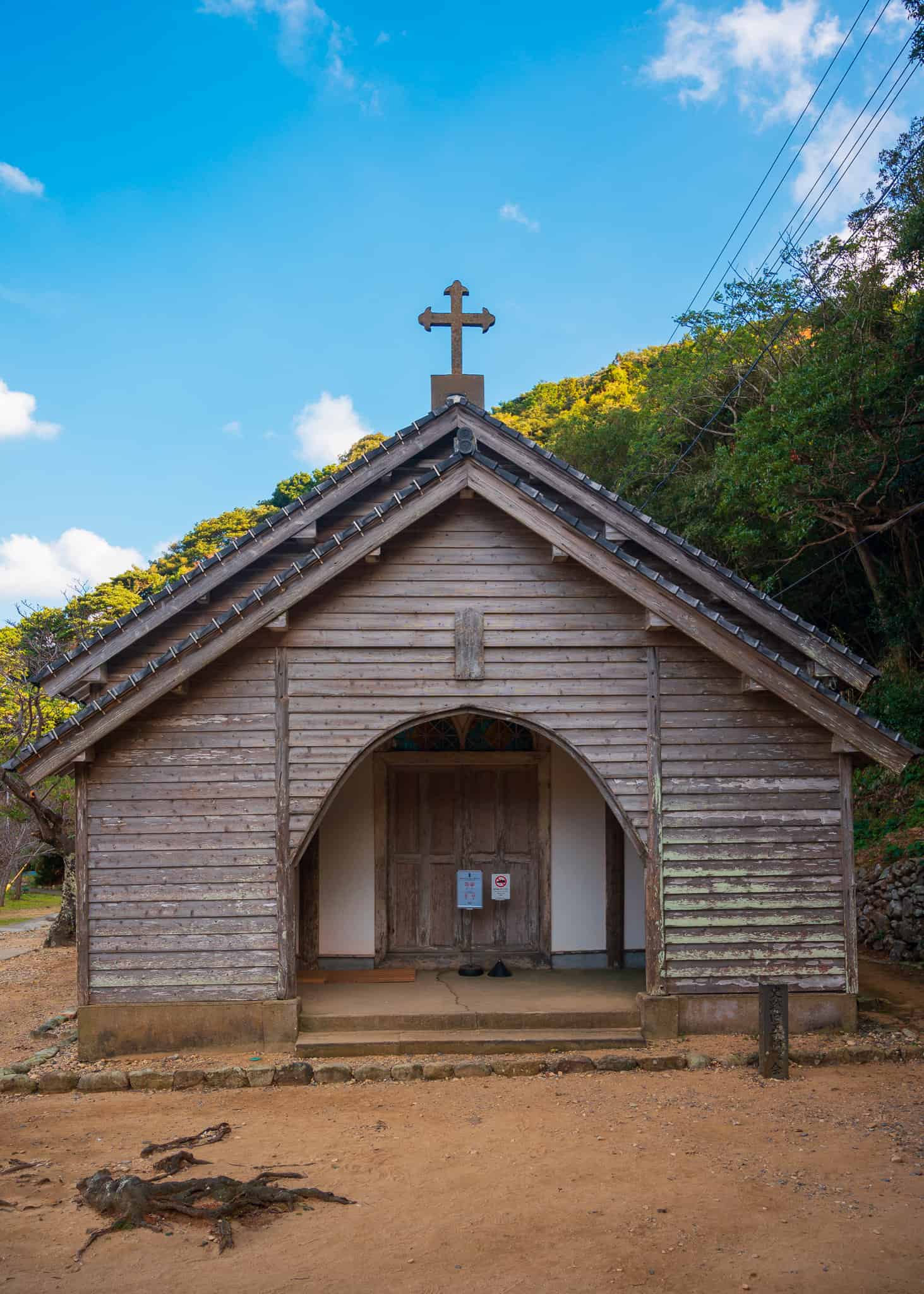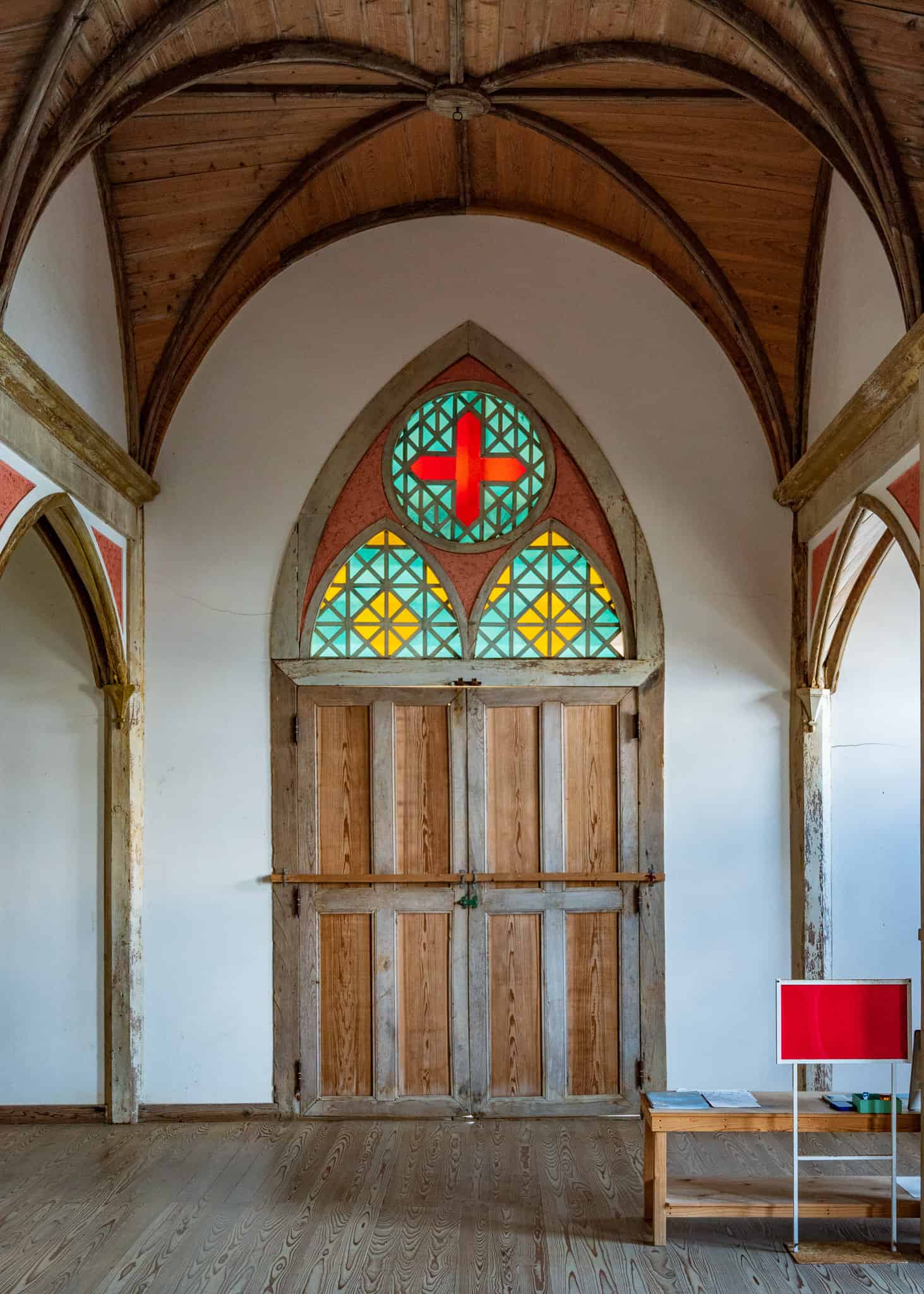Those of us who grew up in wealthy nations likely scoff at the idea of hand-me-downs. Perhaps they conjure images of your older brother’s brown corduroy pants or a once worn dress given to your sister by Great-aunt Gertrude. But once upon a time in Japan, the Christian residents of Gorin Village received one of the greatest hand-me-downs of all time, their own church.
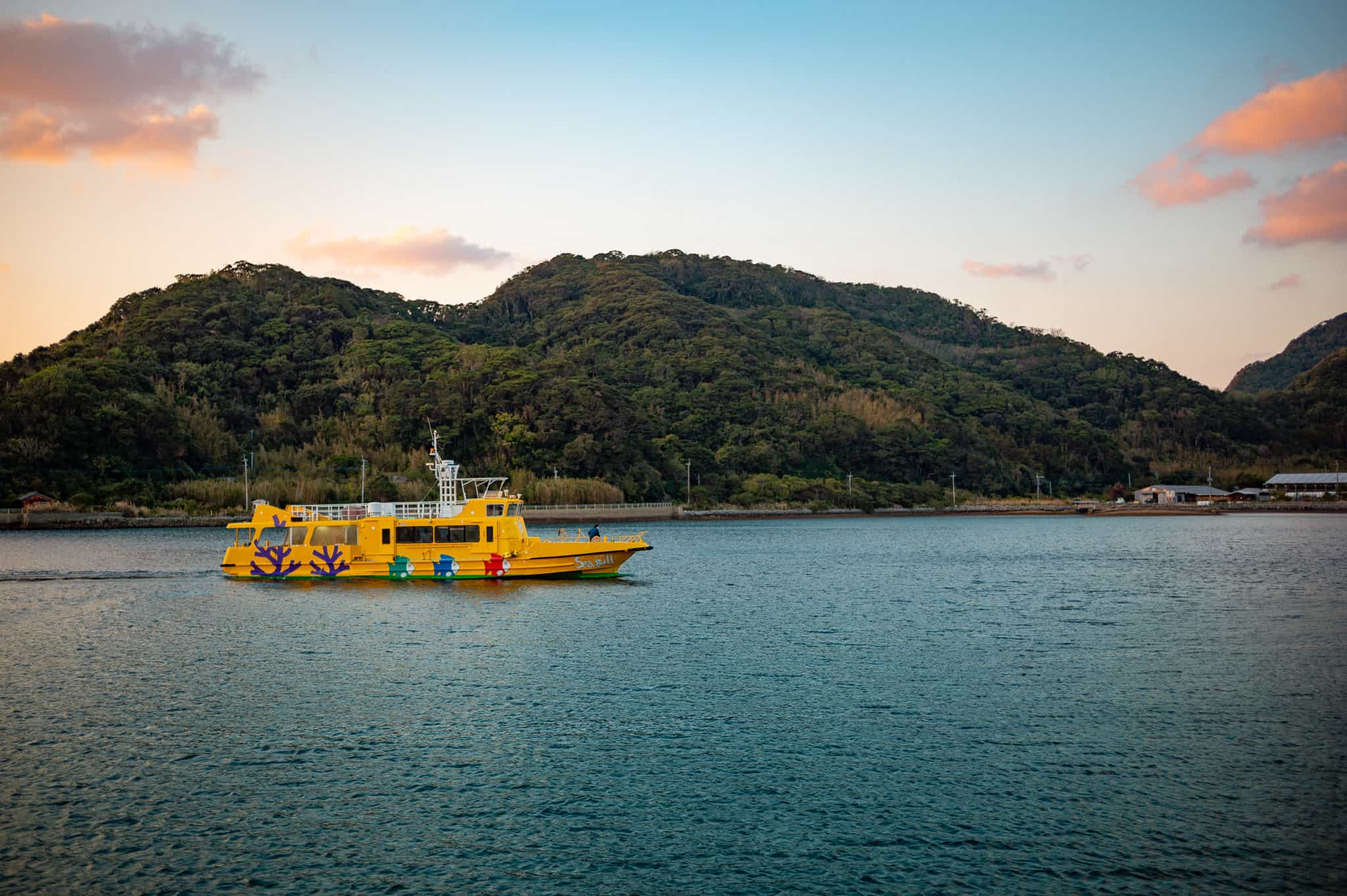
Gorin Village sits in a backwater cove of equally backwater Hisaka Island, one of the Goto Islands of Nagasaki Prefecture. Here in these sparsely populated islands, Japan’s “Hidden Christians” fled to escape persecution from the Tokugawa Shogunate, hiding their faith for centuries before they were allowed freedom of religion in 1873. When the ban on Christianity was lifted, most “Hidden Christians” rejoined the Catholic church and, as quickly as they were able, built churches in which they could publicly worship Christ again. One of these churches was constructed in Hamawaki, a less remote village of Hisaka Island.
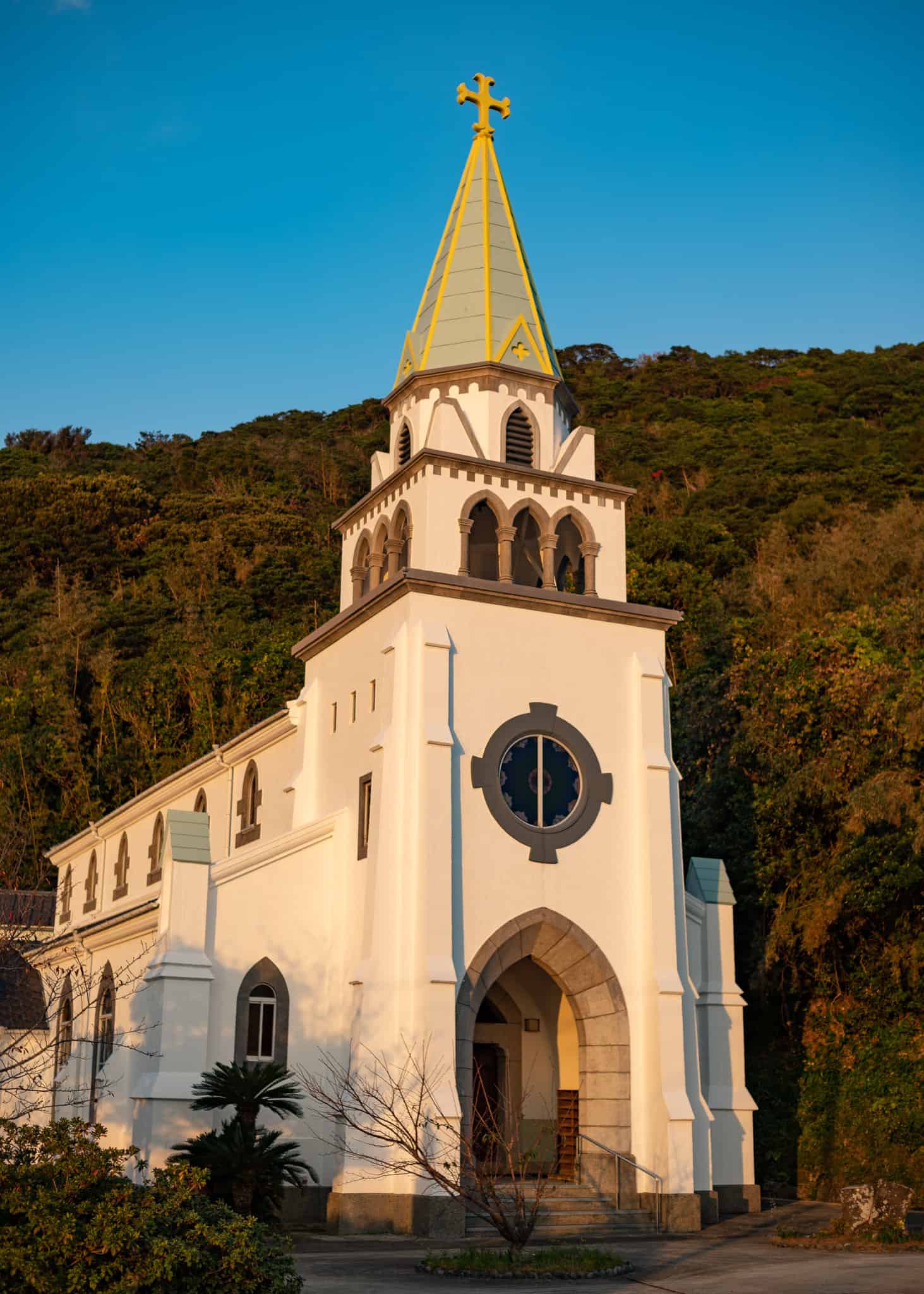
The new Hamawaki Church built in 1931 to replace the Gorin Church
For 50 years, the Christians of Hamawaki Village cherished their simple wooden church, built with the blood and tears of its impoverished congregation. But after 50 years, the church became weathered and worn, the congregation larger and wealthier. In 1931, a new church was to be built in Hamawaki, this one out of steel and concrete, the first church of its kind in the Goto Islands. The people of Hamawaki pondered the question: would Gorin Village like the old wooden church of Hamawaki? After all, the Christians of Gorin were too few and too poor to raise enough money to build their own church.
And so it came to be in 1931. The old church was carefully dismantled to be sent to Gorin Village. The steep hillsides and narrow roads meant that transport by land would be treacherous; instead, the materials were loaded onto a raft and brought to Gorin by sea, where it was reassembled to its former, though fragile, glory. Yet even in its fragile state, it continued to provide the Christians of Gorin Village a place to worship God until 1984, when it was severely damaged by a typhoon.
At that point, the village was able to fund the building of a new church, located right next door to the now Former Gorin Church. The old church was to finally be demolished. The local inhabitants, though few in number, resisted the idea.
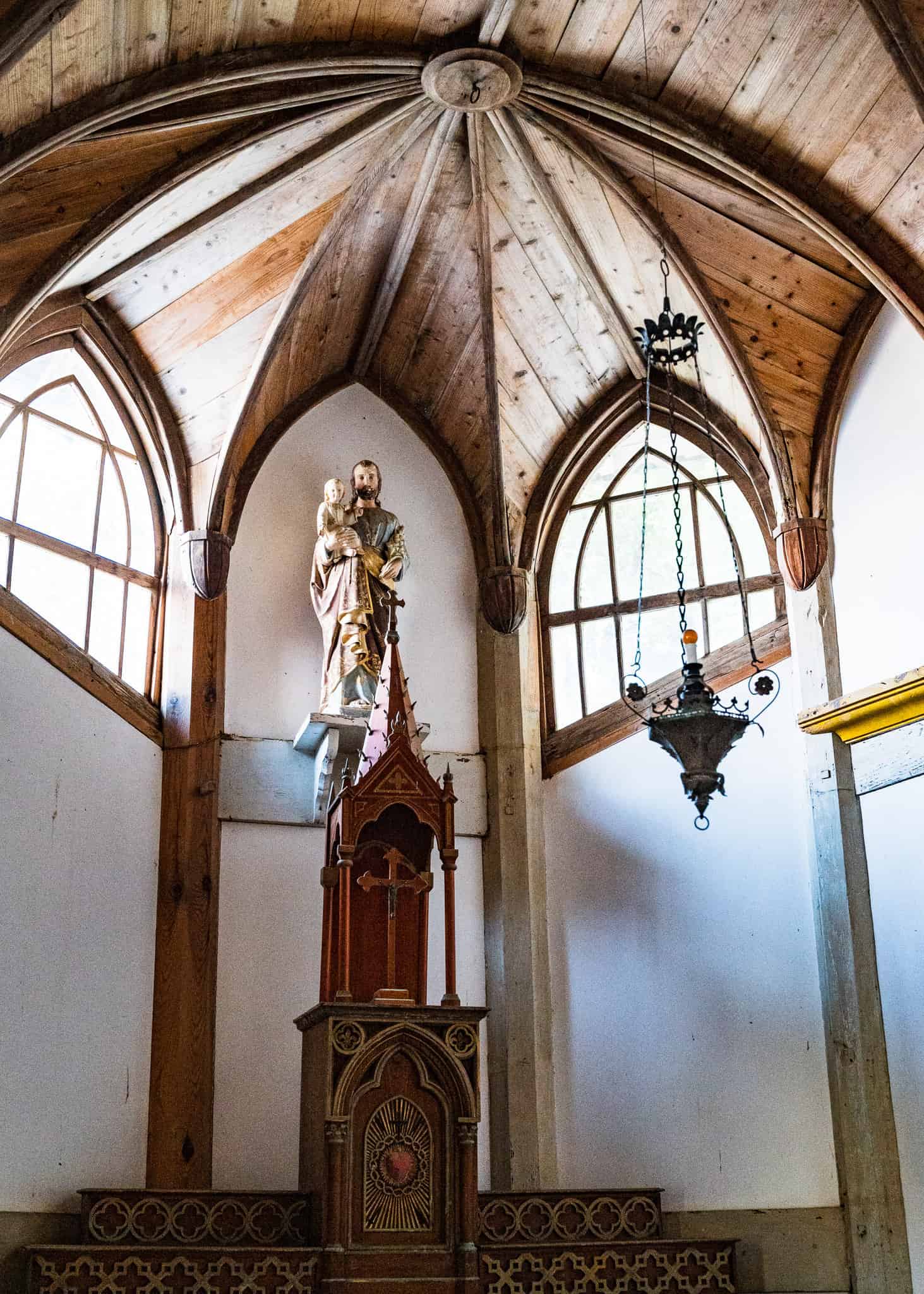
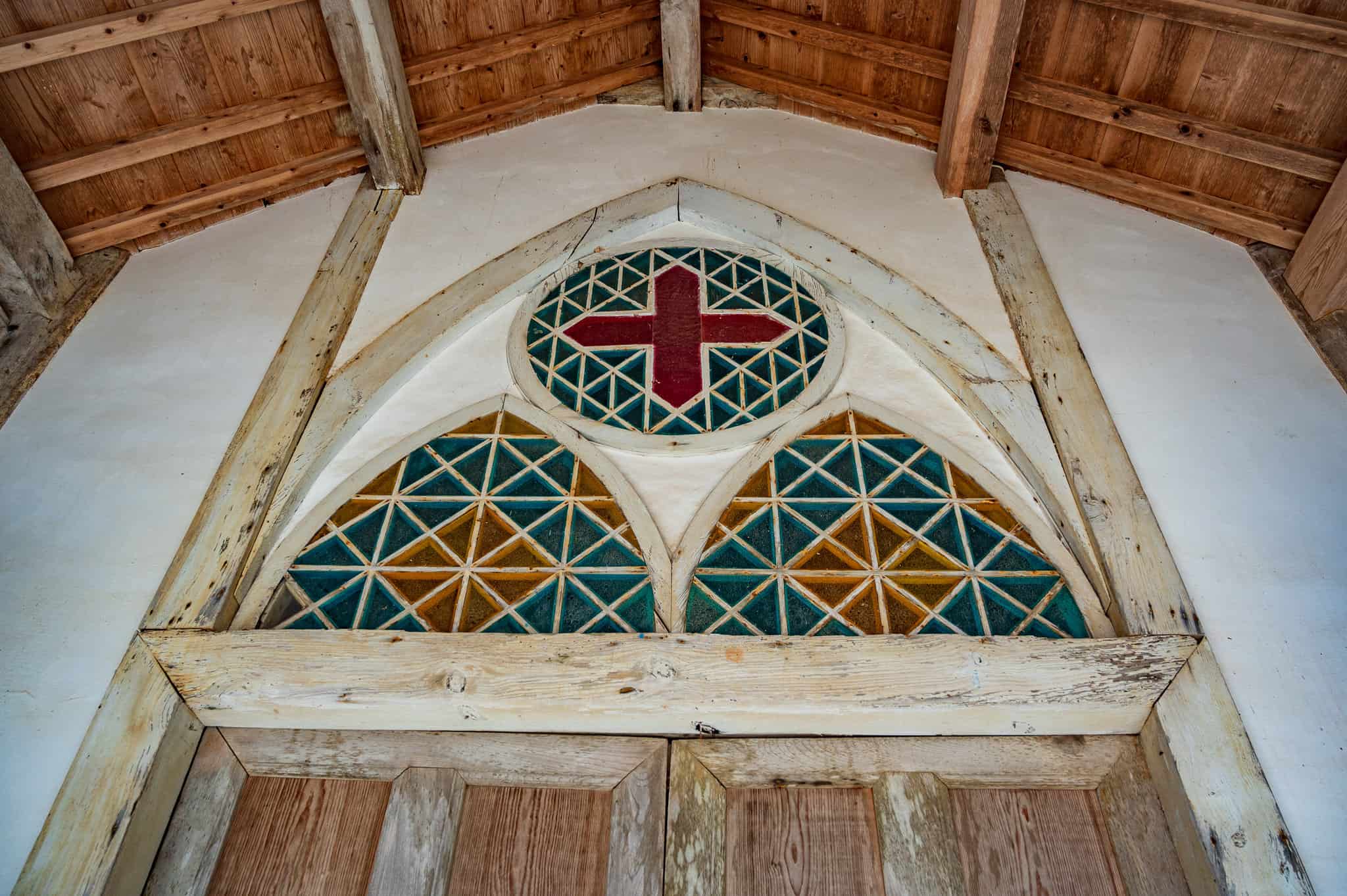
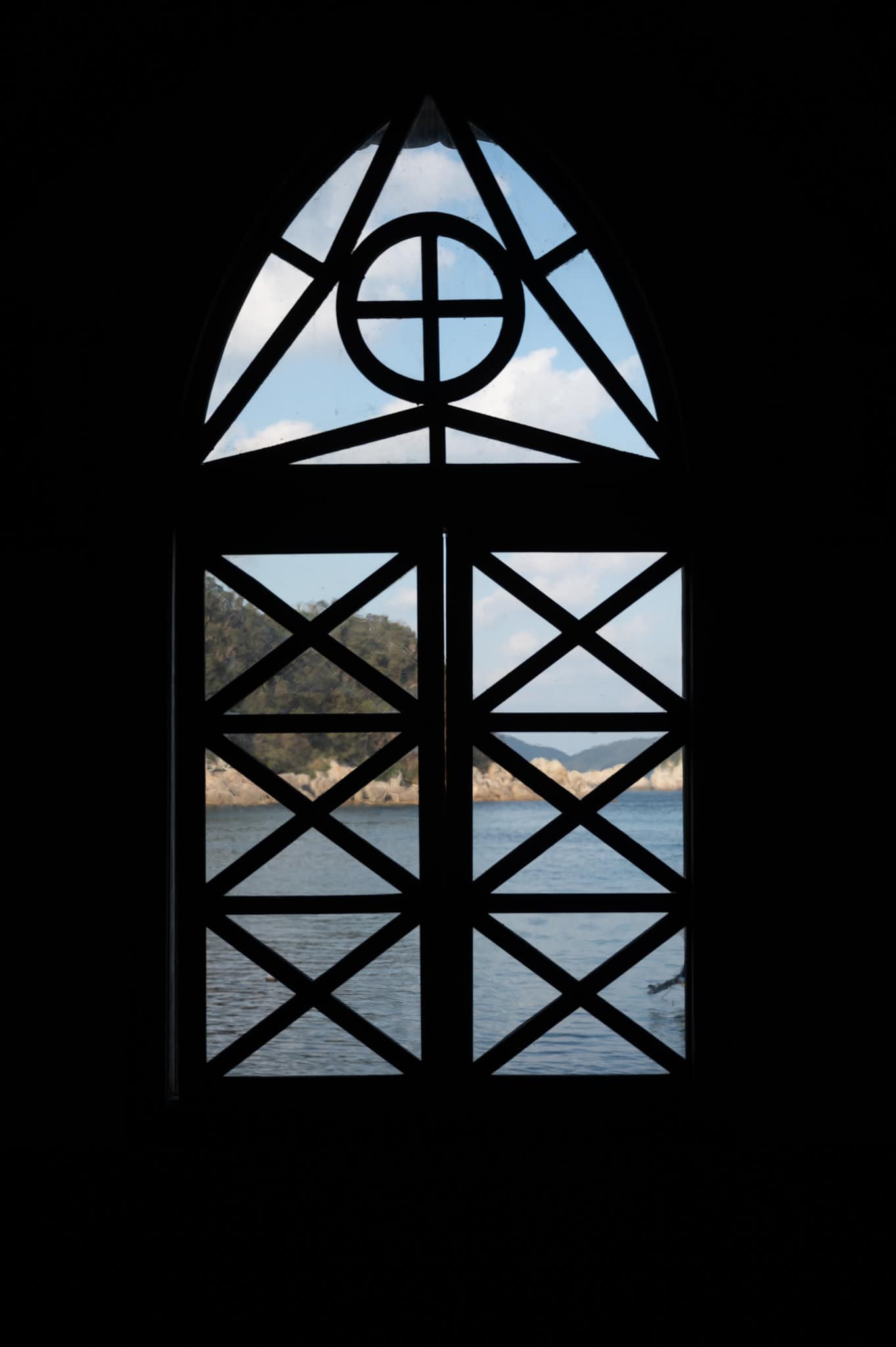
I imagine the day when one of the authorities in favor of demolishing the church came to survey the building. Stepping inside, he was overwhelmed by the sense of history contained here, or perhaps by the Holy Spirit himself. Standing beneath its rib-vaulted ceiling felt like standing beneath Heaven itself, and perhaps he heard the whispers of the Spirit urging him to reconsider. Whatever happened at that time, the church was spared from demolition and 35 years later it stands humbly beside the concrete church that replaced it.
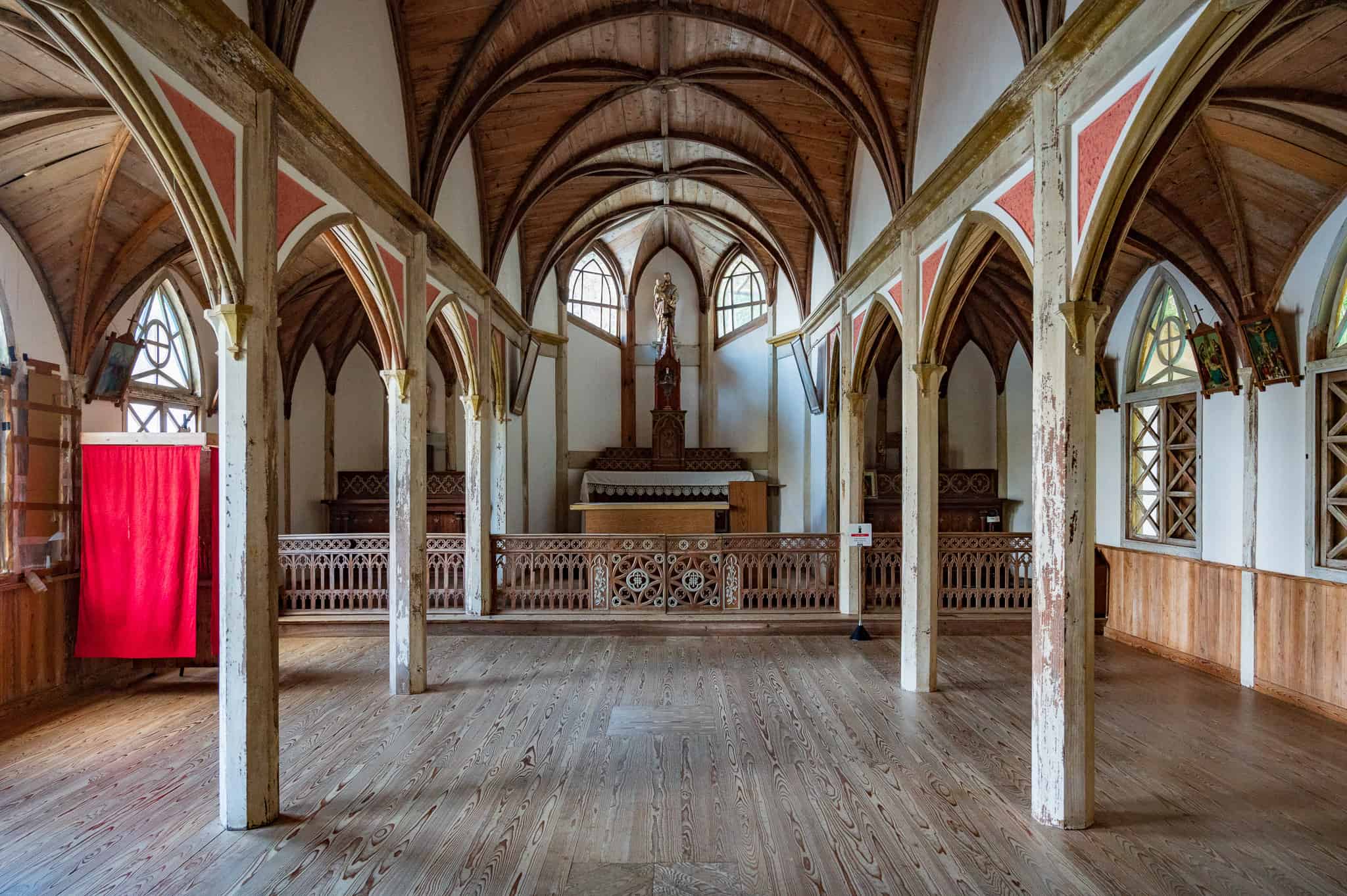
From across the cove, one could easily mistake the church for a Japanese house, with only its four large arched windows and small wooden cross at the peak of the roof giving it away. The tiles of its weathered roof look no different from an average Japanese home. It is not until you enter the church that you can truly appreciate its beauty.
As I stood inside the Former Gorin Church, that feeling of being in the presence of God in this simple wooden church was as clear to me as the sharp rays of sunlight pouring in through its hand-painted stained-glass windows. Perhaps Jesus himself, a carpenter by trade, would have built a church much like it, modest in material and appearance, yet with the greatest care in the quality and details of its construction. Interestingly, it is believed that the church was not constructed by the local Christians themselves but by a local Buddhist carpenter, Hirayama Kamekichi.
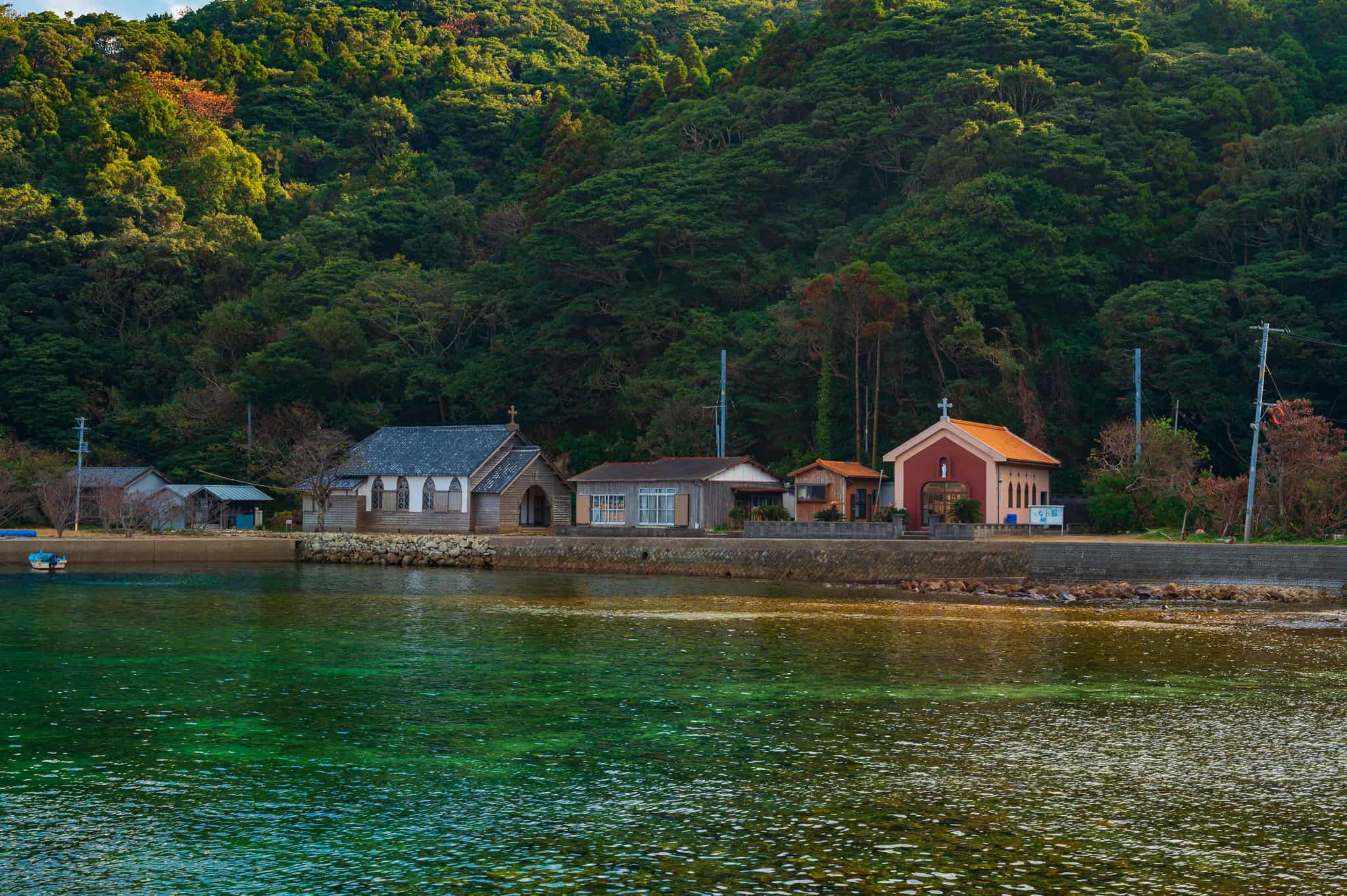
On the hillside, hidden among the trees, is the Gorin Cemetery, where Christian graves marked with crosses sit side-by-side with simple piles of stones. Here, the sad history of Japan is clearly seen; the graves of rocks are for those who died during the ban on Christianity, those marked with crosses are the ones who died after. It is said that stones on the graves could be arranged into the shape of the cross to pray over, then scattered afterward so nobody would know a Christian was buried there.
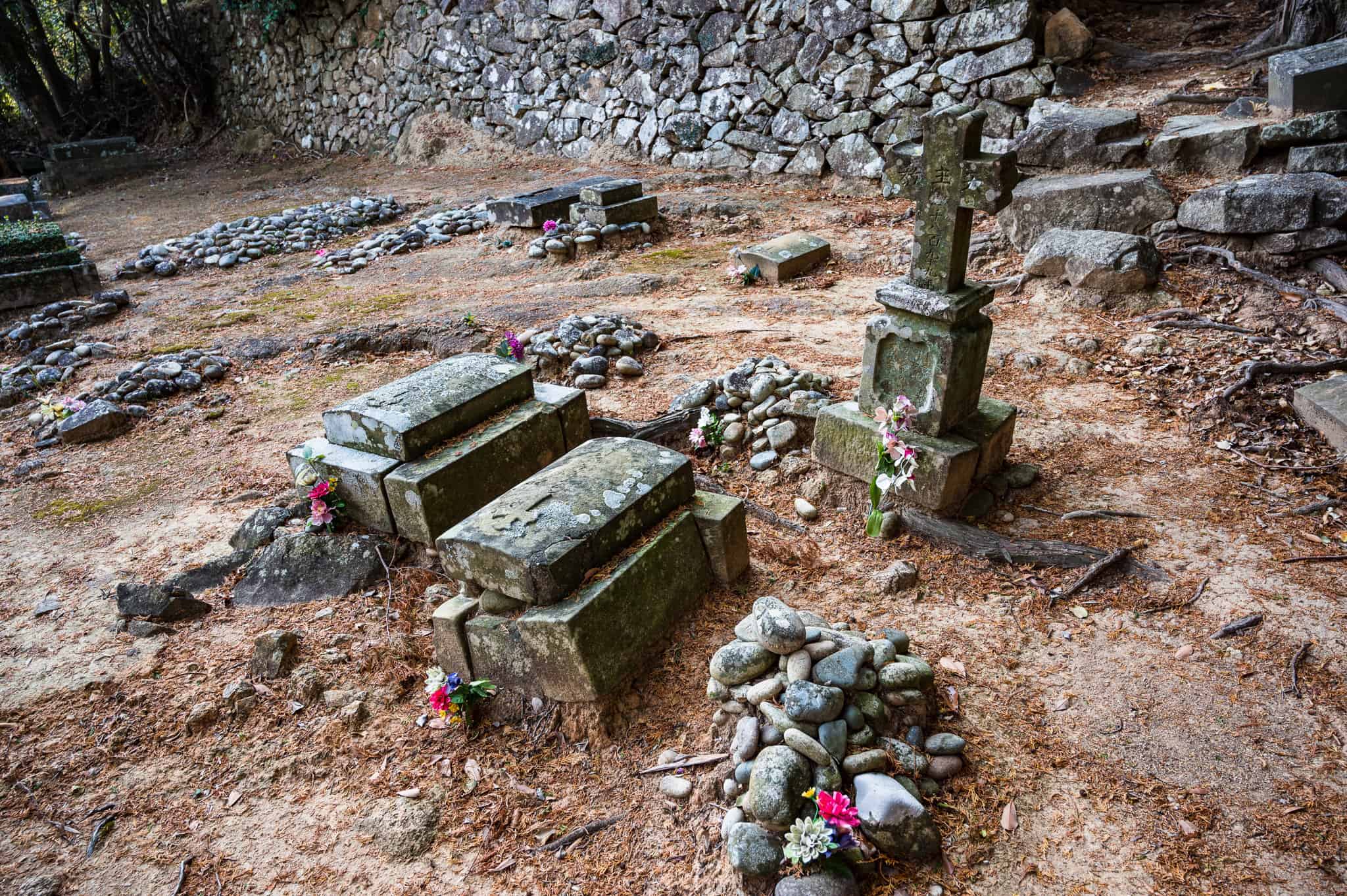
The Former Gorin Church is now one of many Christian churches existing in the Goto Islands, each with its own story of God’s blessing on the faithfulness of His people. That a tiny village in Japan of less than a dozen residents can have not one, but two churches is a testament to that. For me, these stories inspire me to dive deeper into the early Christian history of Japan, for glimpses of the strength and resilience Japanese Christians have had throughout their history, stories I hope to pass on to you.
Oratio is a fantastic English resource for understanding more about the Christian history of Nagasaki Prefecture in Japan.
